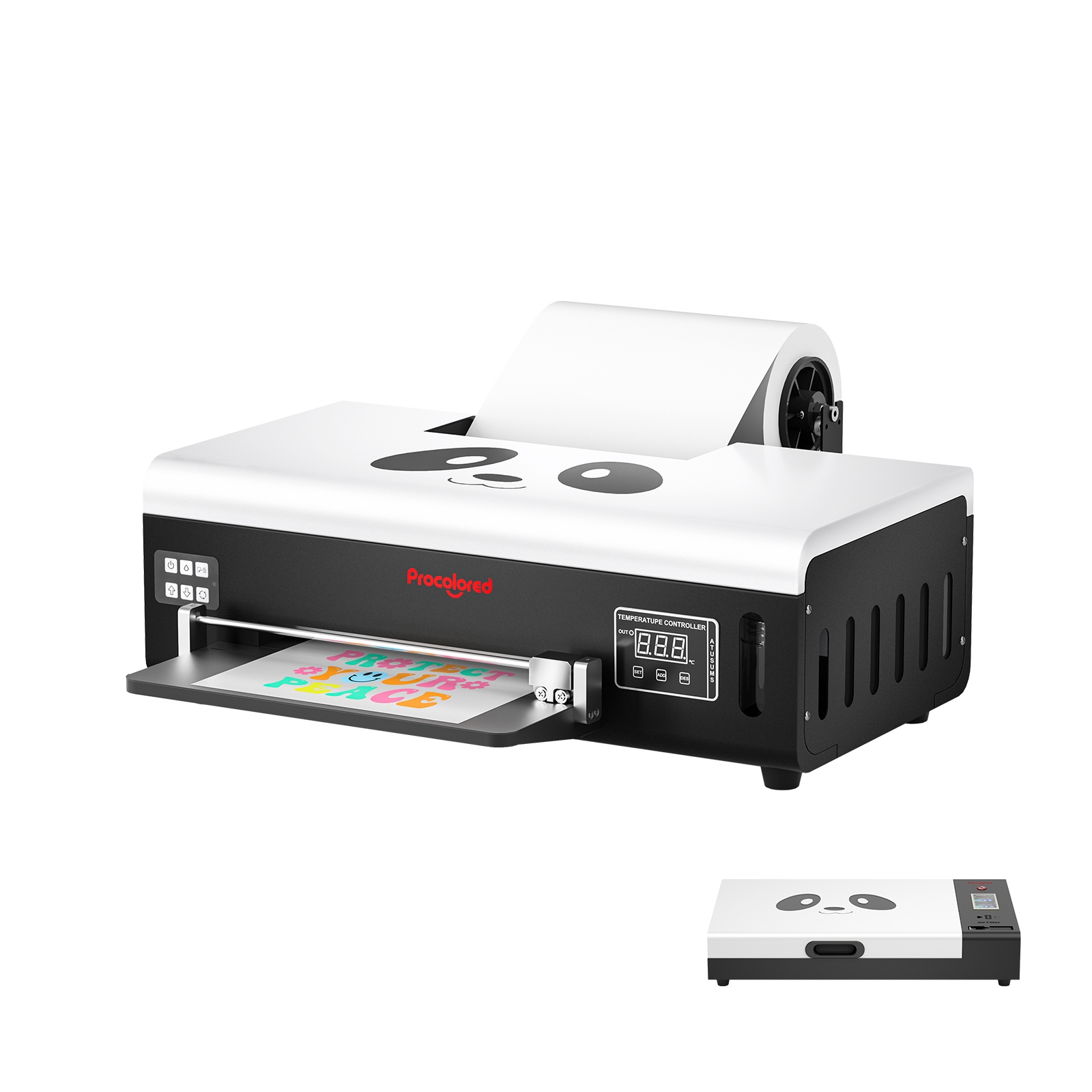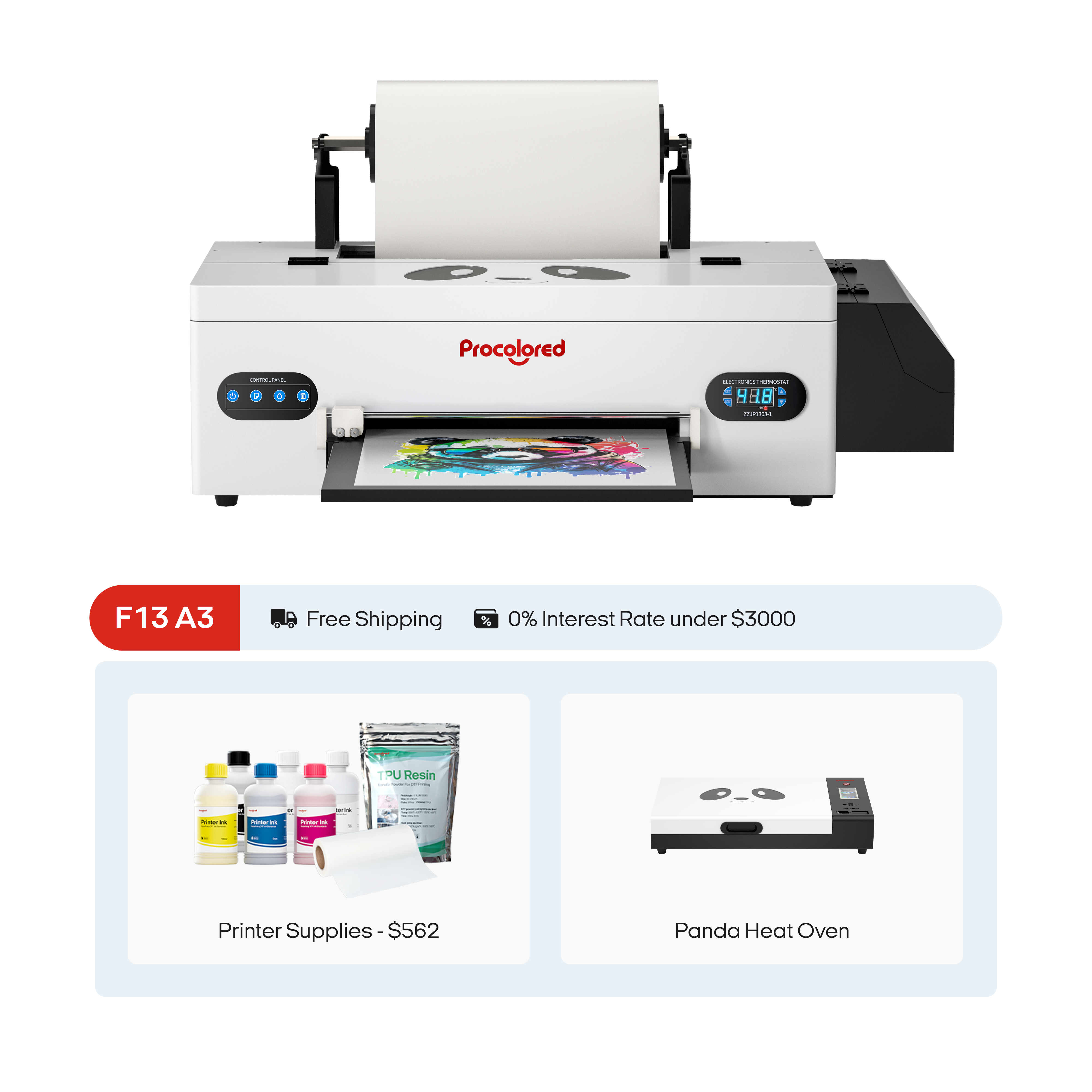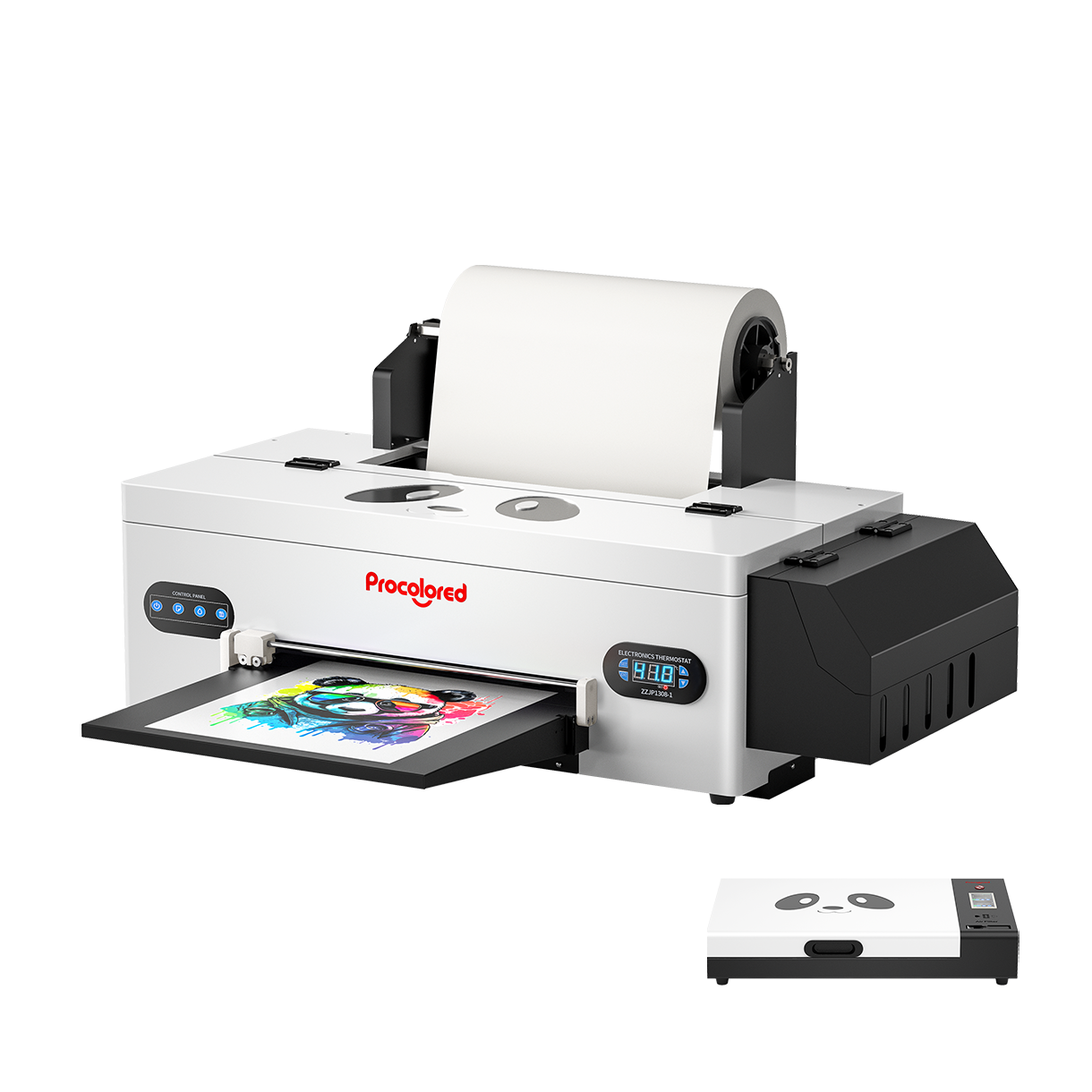Before determining which method - DTF or screen printing - wears out first in the Durability battle, we must first look into the meaning of “durability” in the context of printed apparel.
Spoiler: It goes beyond enduring a couple of wash cycles.
So, what determines how durable a printed design will be? Here are some primary factors which help in making the distinction between “wow” versus “worn-out.”
● Wash Resistance:
This is an important one. A printed image should withstand high volumes of machine washing and maintain its color without ‘sidewalk’ cracking or shedding ink excessively.
● Stretch & Flex Resistance:
Let’s be honest, garments undergo movement. The chest of a t-shirt, or the knees of a hoodie, the entire range of printed areas should be able to stretch and flex without the design morphing into a brittle spiderweb.
● Adhesion to Fabric:
To what extent is the bond between the print and fabric? When it comes to screen printing, there is an injection of ink into the fabric which is not the case with DTF transfer printers, where a film is placed above the fabric. This disparity is very important regarding how stressed each method can last.
● Durability Withstands Persistent Use:
Everyday friction from wearing, washing, and folding can wear a design down. A long-lasting print would withstand months or years of actual use.
● Resistance To The Environment:
The heat coming from the dryer, sweat, and sunlight can all affect a print. The best printing methods shrug off UV rays, moisture, and heat without breaking a sweat.






 Best Seller
Best Seller